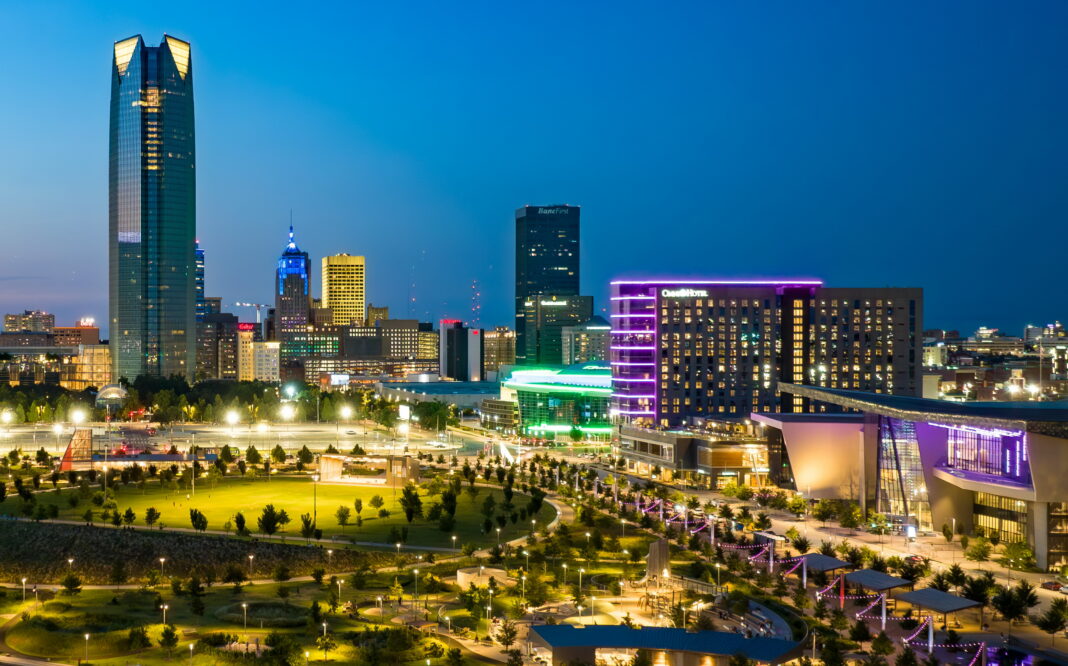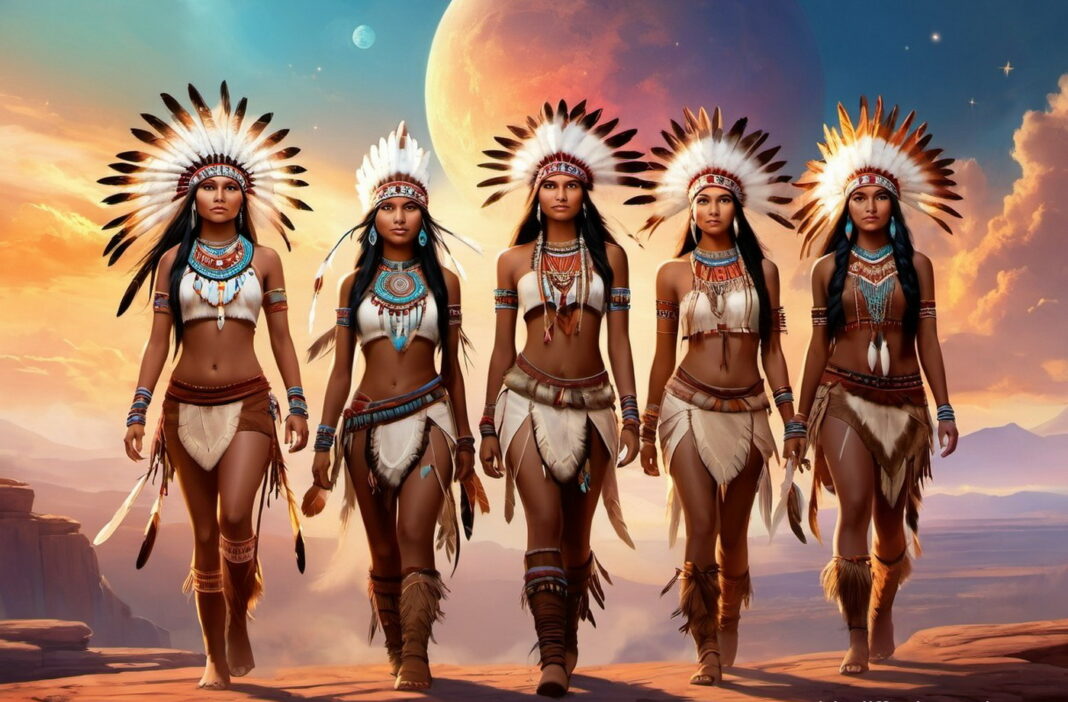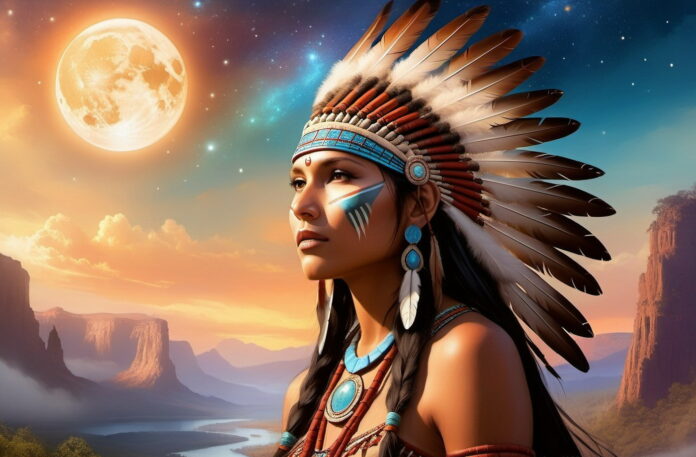Perhaps Oklahoma isn’t the most popular destination among leisure tourists. However, it’s an interesting place for another category of people – investors. Many major oil refining companies, energy-related enterprises, and aviation and fuel industries have offices in the region’s major cities.
But the interests of the state’s residents aren’t limited to just the economy. They know how to have fun too! Every year, Oklahoma hosts a Handmade Craft Fair with vibrant performances and auctions, a Medieval Festival of Norman culture, the Red Choco Tribe Festival, various musical and gastronomic events, parades, and costume processions.
Brief Information about the State
- Abbreviation: OK
- Capital and Largest City: Oklahoma City (669,347 residents)
- State Population: 3.97 million people (as of 2021)
- State Area: 181,196 km² (ranks 20th in the U.S.)
- Official Website: ok.gov
State Attractions
Oklahoma’s landscapes mainly consist of the Great Plains plateau and rare swamps. However, there’s a natural attraction that more than compensates for these shortcomings – the Gloss Hills. From afar, these hills look like they’re made of crystal, shimmering in the sunlight. While the rock is primarily composed of gypsum, the sight is worth seeing at least once. No wonder this landscape is Oklahoma’s postcard image, gracing the covers of many guidebooks.
Oklahoma City primarily attracts tourists with its industry. Here, right within the city limits, you can observe oil wells and other industrial facilities related to mineral extraction. Due to the development of deposits, many canals have been dug in the metropolis, where water taxis operate. Thanks to this, the city is often compared to Venice.

In contrast to the urban attractions of the current state capital, many Victorian-era stone buildings have been preserved in its former center. For example, the Masonic Temple or the “Blue Beauty” saloon from the early 19th century.
On the state’s territory, there’s an open-air museum created specifically to preserve the culture of the Seven Indian Tribes. In the mid-20th century, anthropologists reconstructed a separate village for each tribe, striving to preserve every tiny detail of their way of life. This historical and cultural center is located near Anadarko.
Part of historic Route 66 passes through Oklahoma – a road that is considered a symbol of uniting Americans into one nation. Along the highway, there are hundreds of small towns that retain the atmosphere of the 1950s and 1960s, the time when the road was built. Every item in such an authentic place is a souvenir, a magnet attracting tourists’ attention.
State History
Scientists believe that the first Homo sapiens appeared in the territory of modern Oklahoma around 800 BCE. These were representatives of the so-called “Mississippian culture” – the Caddo people. It is known that this was a fairly advanced civilization, whose members were mainly engaged in animal husbandry and agriculture.
Later, the Caddo were displaced by the Wichita, Apache, Kiowa, and Comanche, who preferred to dedicate their time to hunting. This craft was their primary means of livelihood.
In 1540-1542, an expedition led by the Spaniard Vasquez de Coronado arrived in the New World, part of which explored the eastern part of Oklahoma. By the late 17th century, these lands were claimed by France and became part of Louisiana. Emperor Napoleon sold them to the United States in 1803. The western part of the region belonged to Spain and only became American after 42 years.
For a long time, there were hardly any white settlers in Oklahoma. By the law of 1830, representatives of indigenous peoples were forcibly resettled here. They had to endure long journeys during which thousands of Native Americans perished. This tragic path became known as the “Trail of Tears.”
According to the 1860 statistics, Oklahoma’s territory was inhabited by 50,000 Native Americans, 8,000 African American slaves, and only 3,000 Europeans.
White settlers began to appear in the region after the Civil War thanks to the Homestead Act, under which an adult American who had not opposed the government could receive unoccupied land as their property.
The bill came into force on April 22, 1889. In two weeks, the former wilderness turned into two large cities, Oklahoma City and Guthrie. The rapid population growth contributed to the signing of the document on the admission of the 46th state on November 16, 1907.
Interesting Facts about Oklahoma
1. The name of the state comes from the phrase Okla Humma, which literally translates as “red people.” This toponym was coined by Allen Wright, who led the Choctaw tribe in 1866.
2. Oklahoma’s unofficial nickname is the “Sooner State.” It originated from the competitive races between potential landowners rushing to grab the best plots during the territory distribution.
3. Oklahoma’s soil color is rich red due to the high clay content.
4. In the late 19th century, the city of Tulsa, located in Oklahoma, was the world’s oil capital. However, during the years of the Great Depression, this status was permanently lost.
5. In the 1930s, the economic downturn in the region was exacerbated by a natural disaster known as the “Dust Bowl” or “Dirty Thirties.” Due to the destruction of the topsoil and sandstorms, many farmers were forced to leave their homes and plots and relocate elsewhere in the U.S.
6. On average, Oklahoma experiences 55 tornadoes per year.
7. In 1911, a ten-year-old African American girl, who owned land with a productive oil well, was legally declared “white” by a special law.
8. Most buildings in Oklahoma City are one or two stories tall. Only 10 skyscrapers and one Devon Tower were built.
Major Cities
In the state of Oklahoma, there are 43 cities with populations exceeding 10,000 people.
- Capital and Largest City: Oklahoma City (669,347 residents)
- Tulsa (402,742 residents)
- Norman (126,952 residents)
- Broken Arrow (112,458 residents)
- Edmond (96,376 residents)
- Lawton (93,185 residents)
- Moore (63,261 residents)
- Midwest City (57,849 residents)
- Stillwater (49,939 residents)
- Enid (49,618 residents)
